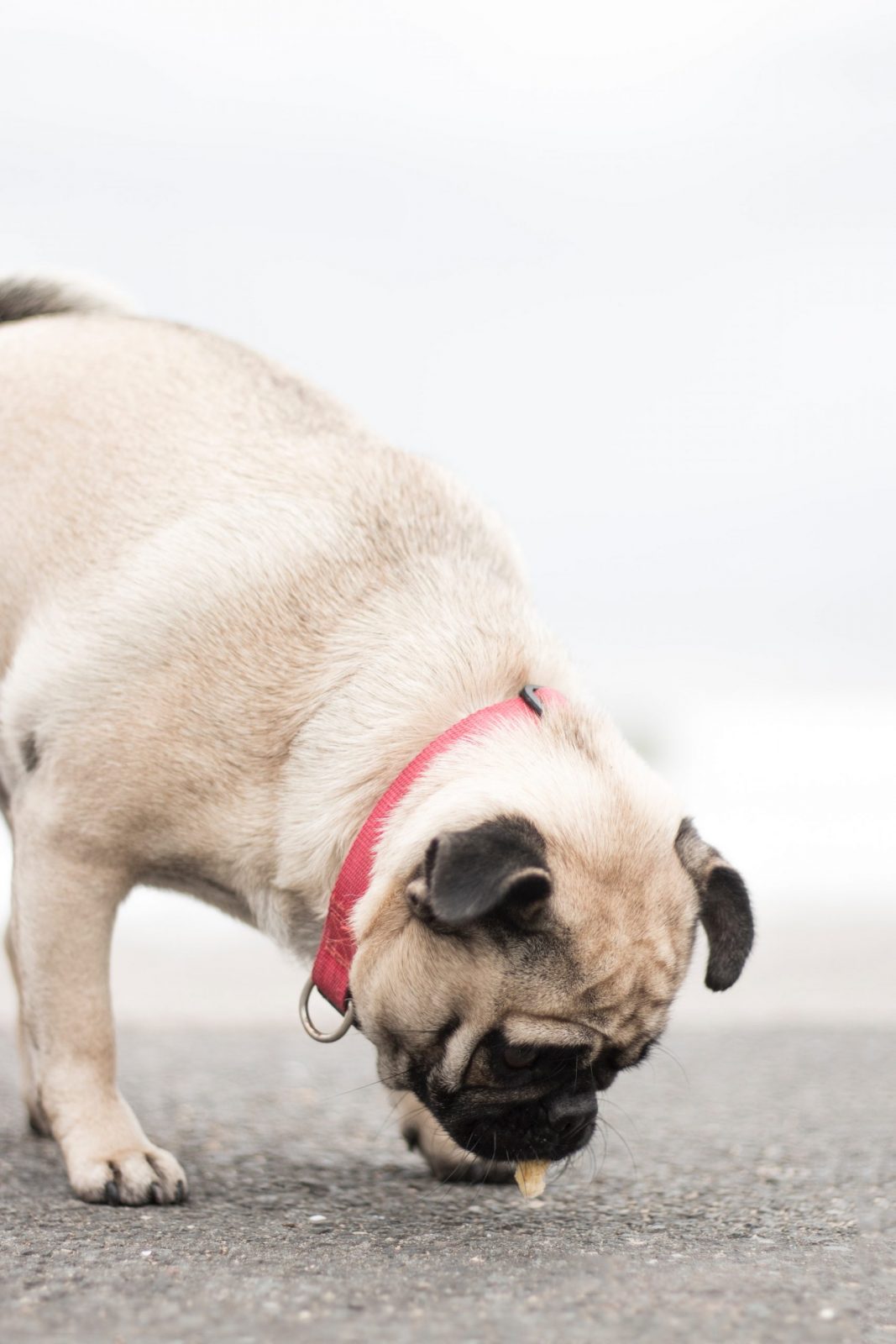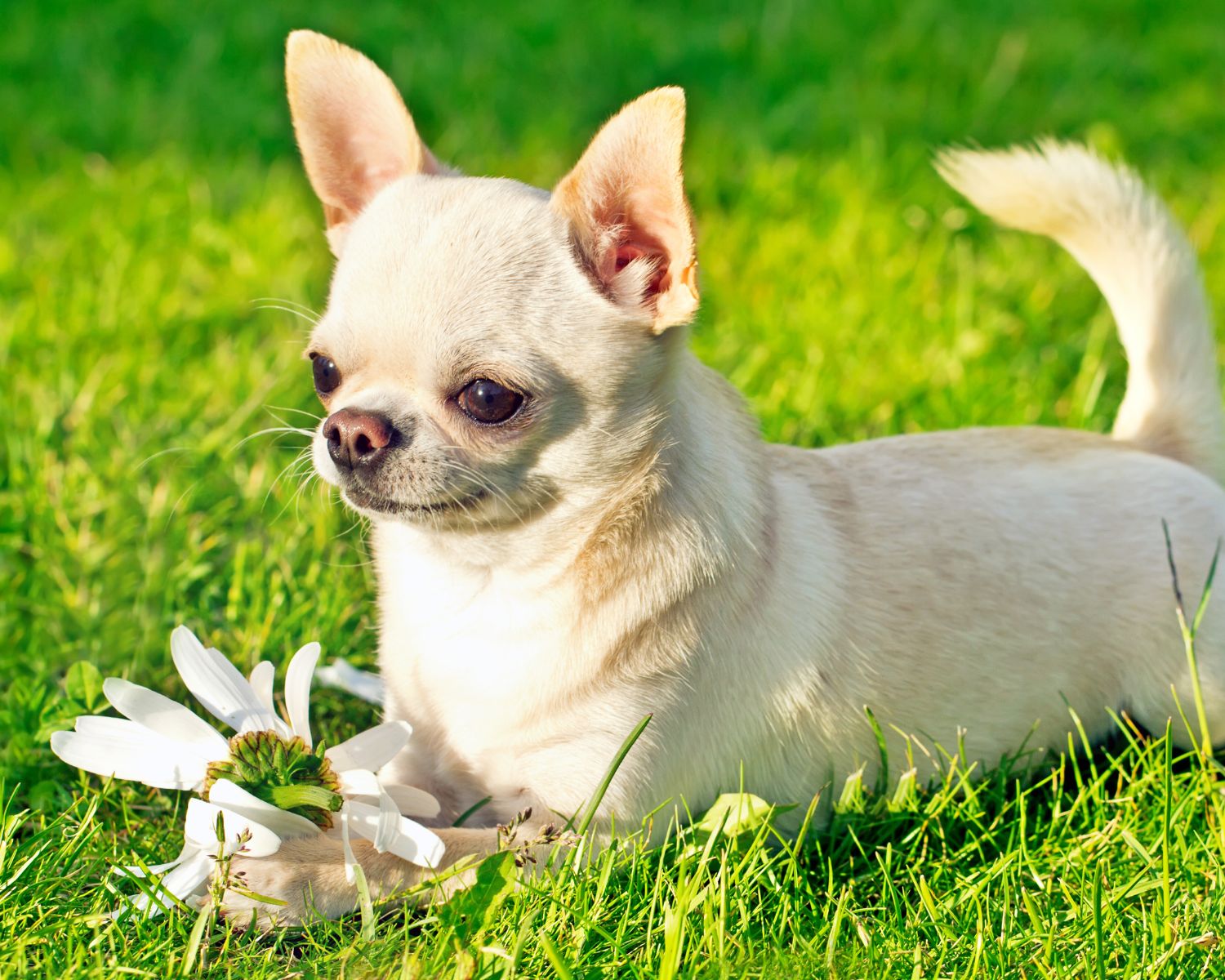
Five Minute Read: This article contains information you need so you’re prepared when you find yourself saying “My dog ate something.” Minutes count in such emergencies, so readying yourself in advance can mean the difference between a minor mishap and a major veterinary hospital stay, or worse.
My mission is to help small dogs long, happy, and healthy lives through providing educational content to their human parents. To support these efforts, this page may contain affiliate links allowing me to earn a small commission at no cost to you. That commission helps me maintain The Small Dog Rules. So, thank you.
We’ve all said it: “I think my dog ate something.”
And it’s never a good thing, like “my dog ate a blueberry” or
“Yay! she ate her breakfast!”
No. It’s “my dog ate chocolate,” or “my puppy swallowed an Advil” or “my dog licked something from the road and now she’s sick.”
Nearly half a million pets are poisoned every year. And in 2023, marijuana leapt into the top ten toxins list. Even for households who don’t have legal marijuana around, if you travel with your pup or have visiting guests, remember other homes or suitcases may well pose a risk.
The key is understanding how to prevent accidental dog poisoning, what to watch out for, and steps to take now that prepare you in case of emergency.
And that key is especially important for our little breed pups.
Are Small Dogs More Likely to Have Poor Outcomes When They Get Into A Toxin?
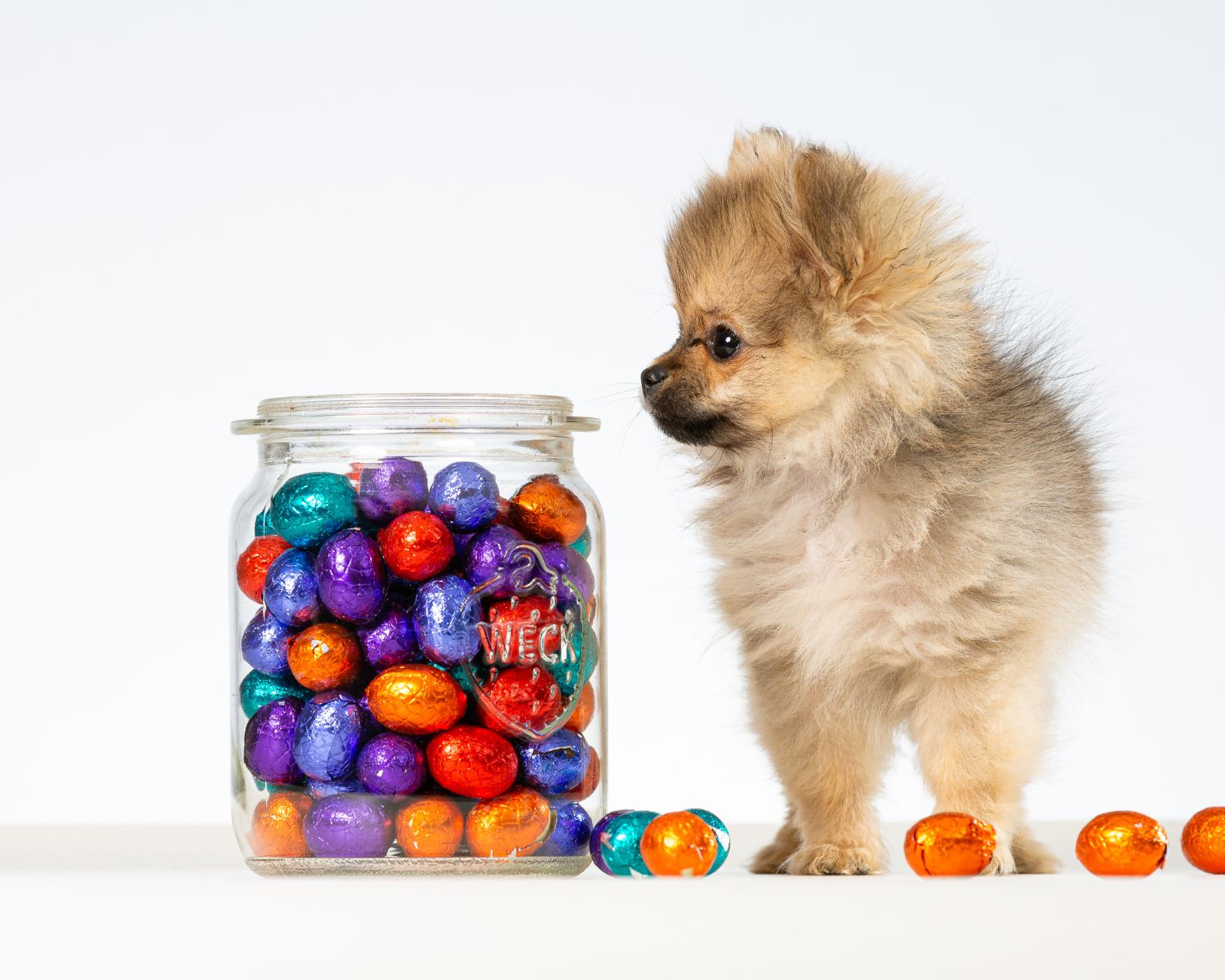
Because of their metabolism and low body weight, small dogs can react much more quickly to any toxin they eat.
In fact, emergency veterinarians caution that “the smaller the dog, the greater the poison emergency.”
So, What Substances Are Toxic to Small Dogs?
As of today, the Pet Poison Toxin Trend from Pet Poison Hotline chart shows the following most common calls regarding potential overdose in North America:
-
Chocolate
-
Grapes and Raisins
-
Xylitol (a sugar substitute extremely common in gum)
-
Bromethalin (rat poison)
-
Antidepressant and Anti-anxiety Medications
-
Ibubrofen
-
Anti-coagulent rat and mouse poisons
-
Vitamin D3
-
Marijuana
-
Carprofen
What Plants are Toxic to Dogs?
The Pet Poison Hotline also tracks calls regarding plants toxic to dogs, and these are the top ten trending culprits:
-
Asiatic, Easter, and Tiger Lilies
-
Pothos or Devil’s Ivy
-
Sago Palm
-
Tulips
-
Peace Lily
-
Aloe
-
Day Lily
-
Hydrangea
-
Azaleas
-
Philodendron
What Precautions Should I Take So I Can Avoid Saying “My Dog Ate Something”?
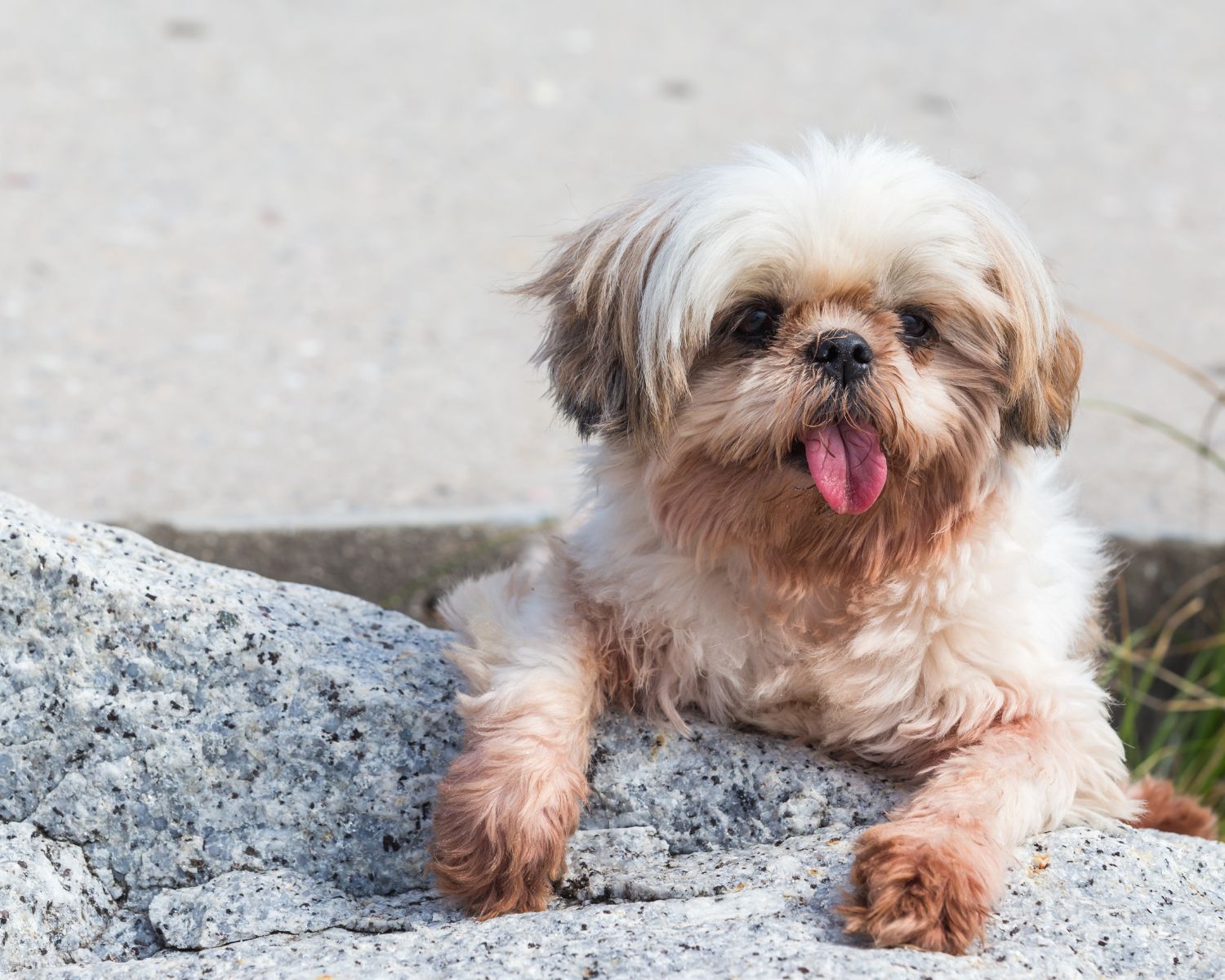
The booklet below (which you can read online as a FlipBook here or download as a PDF) contains the most important reminders when you say “My Dog Ate Something”:
-
Know what’s toxic.
-
Keep those dangerous substances secured where your dog can’t reach them.
-
Be sure guests in your home have a safe place to store their medications or any gum, candy, etc. they bring.
-
Know what’s toxic. Yes, I know I said that, but it bears repeating.
-
Be hyper-alert on walks. Sniffaris are important, but so is being sure your pup doesn’t scarf up something she shouldn’t.
What If The Worst Happens, and My Dog Ate Something, and That “Something” is Poisonous?
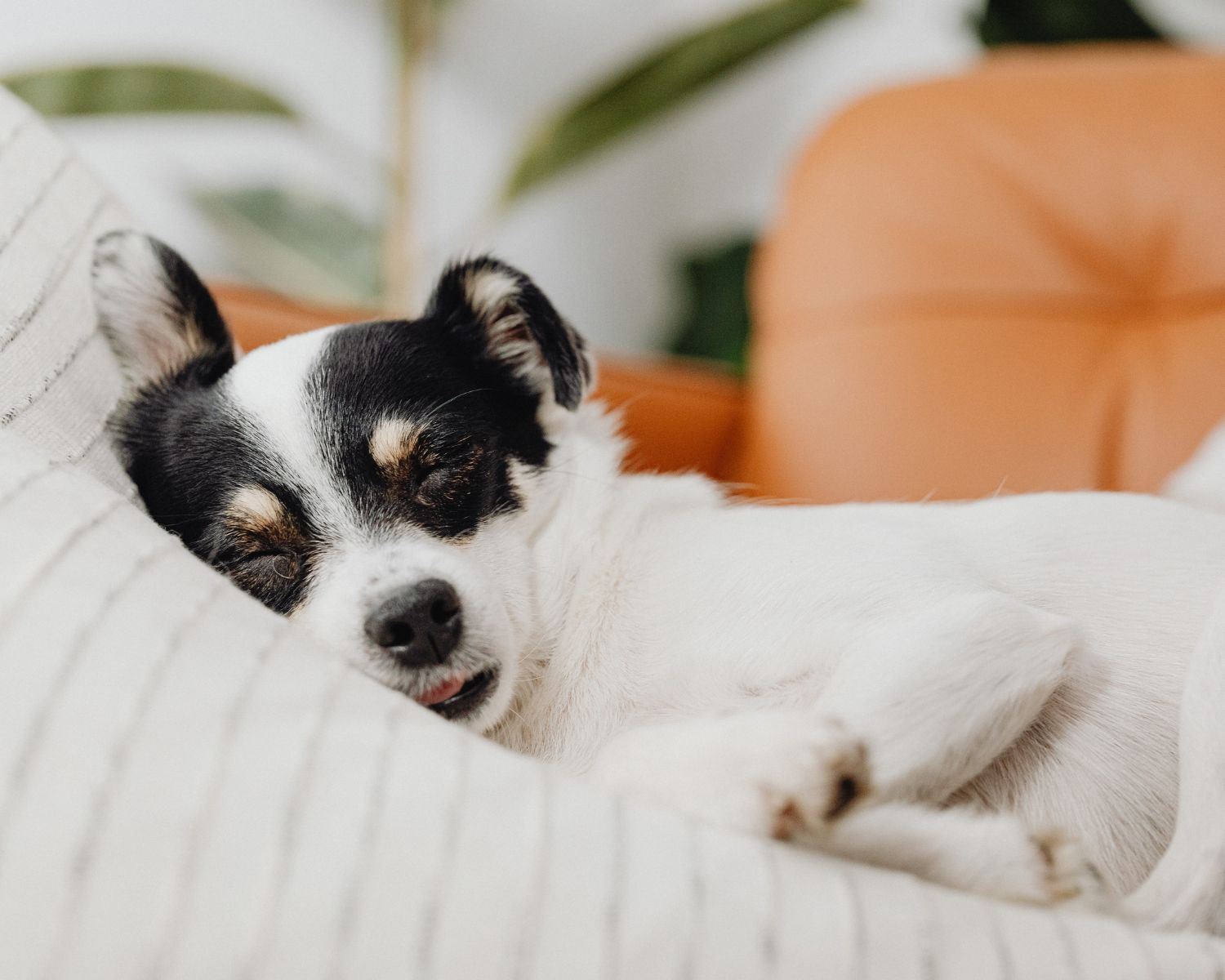
First, Be Prepared with an Emergency First Aid Kit for Dogs
I have an entire article devoted to emergency first aid kits for small dogs. Please consider reading it and putting together your own. But for now, at least ensure your home keeps what’s needed for poisoning emergencies.
The American College of Veterinary Pharmacists recommends the following items for your poison first aid kit. If you don’t have what you need, I’ve linked what I consider the best options on Amazon. For instance, I just added to my cart the syringes for administering peroxide. I didn’t have anything like that available:
- Bottle of 3% hydrogen peroxide to induce vomiting.
- A syringe to help administer the peroxide.
- Saline eye solution for dogs to flush eye toxins.
- Artificial tear gel (WITHOUT imidazolines, such as oxymetazoline and tetrahydrozoline) to calm eyes after flushing.
- Mild grease-cutting dish soap (for skin toxins).
- Can of wet pet food.
- My addition: Narcan Nasal Spray, as antidote to accidental opiate exposure on walks or at home.
Second, Get Your Emergency Hotline Information In Order
You’ll find the ASPCA 24/7 Emergency Hotline and their Poison App referenced in our Poison Emergency Guide below.
In addition, I’ve provided a script and guidance gathered from researching the issue.
You can either download your own PDF or use our FlipBook, below.
Hopefully, you’ll never have to say “my dog ate something.” But if she does, you’ll know what to do and you’ll have the tools you need to help her quickly.
What Other Safety Issues Do I Need to Consider with My Small Dog?
When you have time, read (or re-read) my article on how the opiate crisis created very real dangers for potential accidental poisoning in our dogs. Just taking an everyday walk in our neighborhoods–regardless of whether we live in the big city, sleepy suburbs, or the rural countryside–poses the potential for our sniffing small dogs to encounter discarded drug residue.
You can find the article here: Narcan for Small Dogs: Accidental Opiate Exposure
You’ll Also Love
Leave a Reply
Your email address will not be published.



